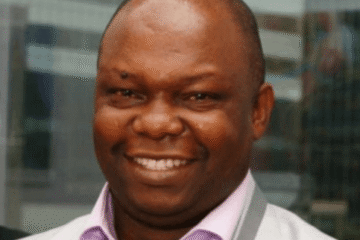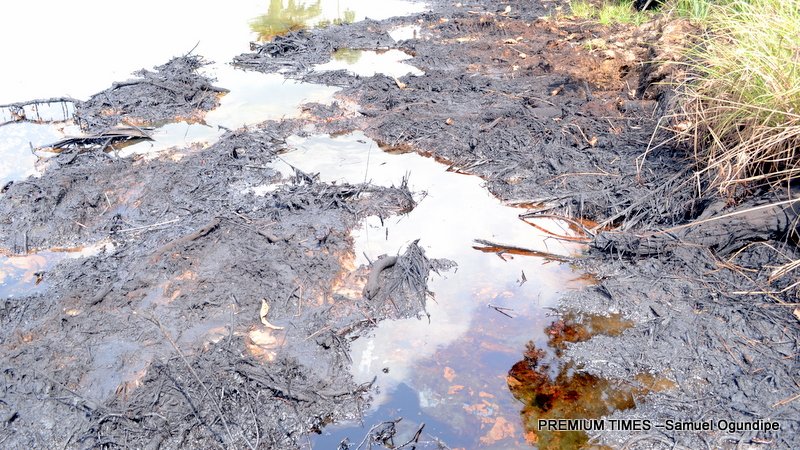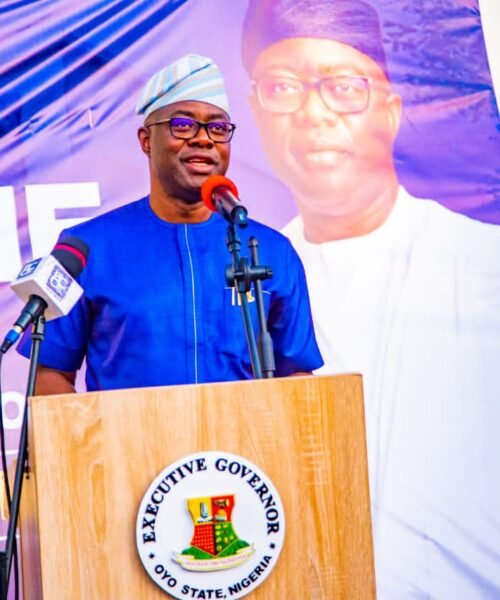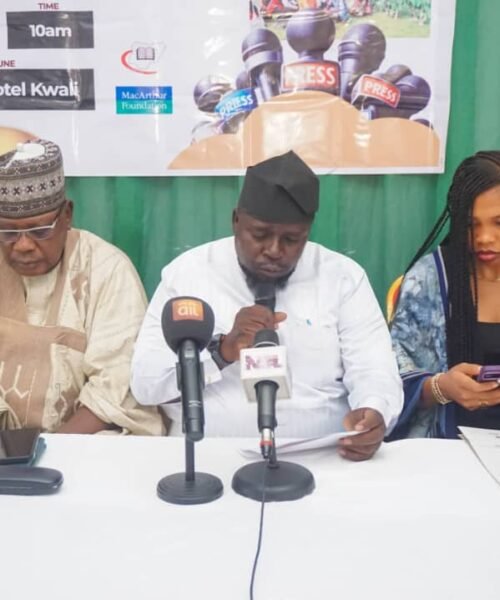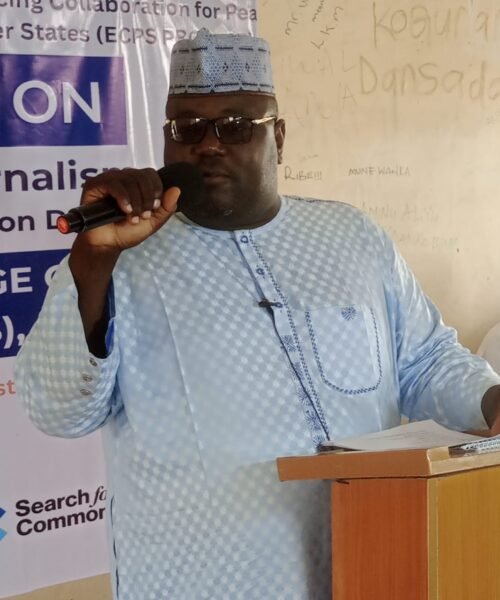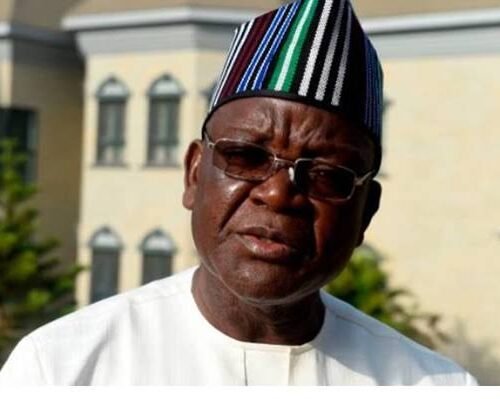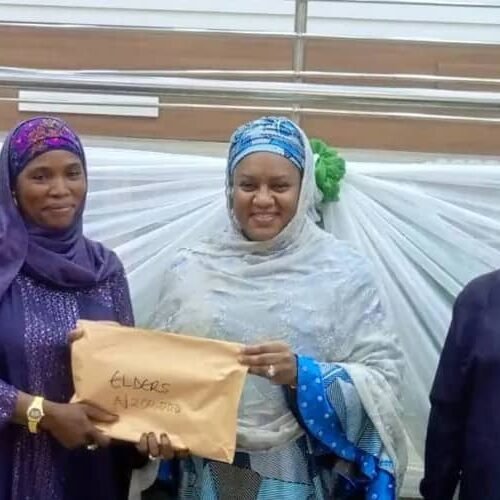By Hadiza Suleman
About 810,726 mangrove seedlings have been planted by the Hydrocarbon Carbon Pollution Remediation Project (HYPREP) to restore the degraded Ogoniland in the Niger Delta.
The Project Coordination Office (PCO) of HYPREP stated this in a release. It added that it targets to restore 560 hectares of lost mangrove areas destroyed by oil extractive activities in Ogoniland.
The body revealed that it had contracted nine companies that are currently carrying out the mangrove planting in Bomu in Gokana LGA, adding that the restoration also involved the removal of Nipa palms which are threatening mangrove vegetation in the shorelines.
According to the project coordinator of HYPREP, Prof Nenibarini Zabbey, mangroves generally produce nutrients that nourish other organisms within the mangrove system, adding that the importance of the project stems from the restoration of ecosystem goods and services, such as food control, provide habitat for many species, including endemics to fish production, carbon storage, recharge the aquifer and nutrient regeneration and export.
The statement read, “HYPREP places premium on livelihood and capacity development. Last year, the project trained 90 Ogoni women and youths in mangrove nursery and planting. These beneficiaries, who are now referred to as Mangrove Vanguards, were provided catalyst funds with which they have planted seedlings (white, black and red).
“HYPREP contractors are buying off these seedlings from community people, thus providing income and livelihoods for them.”





